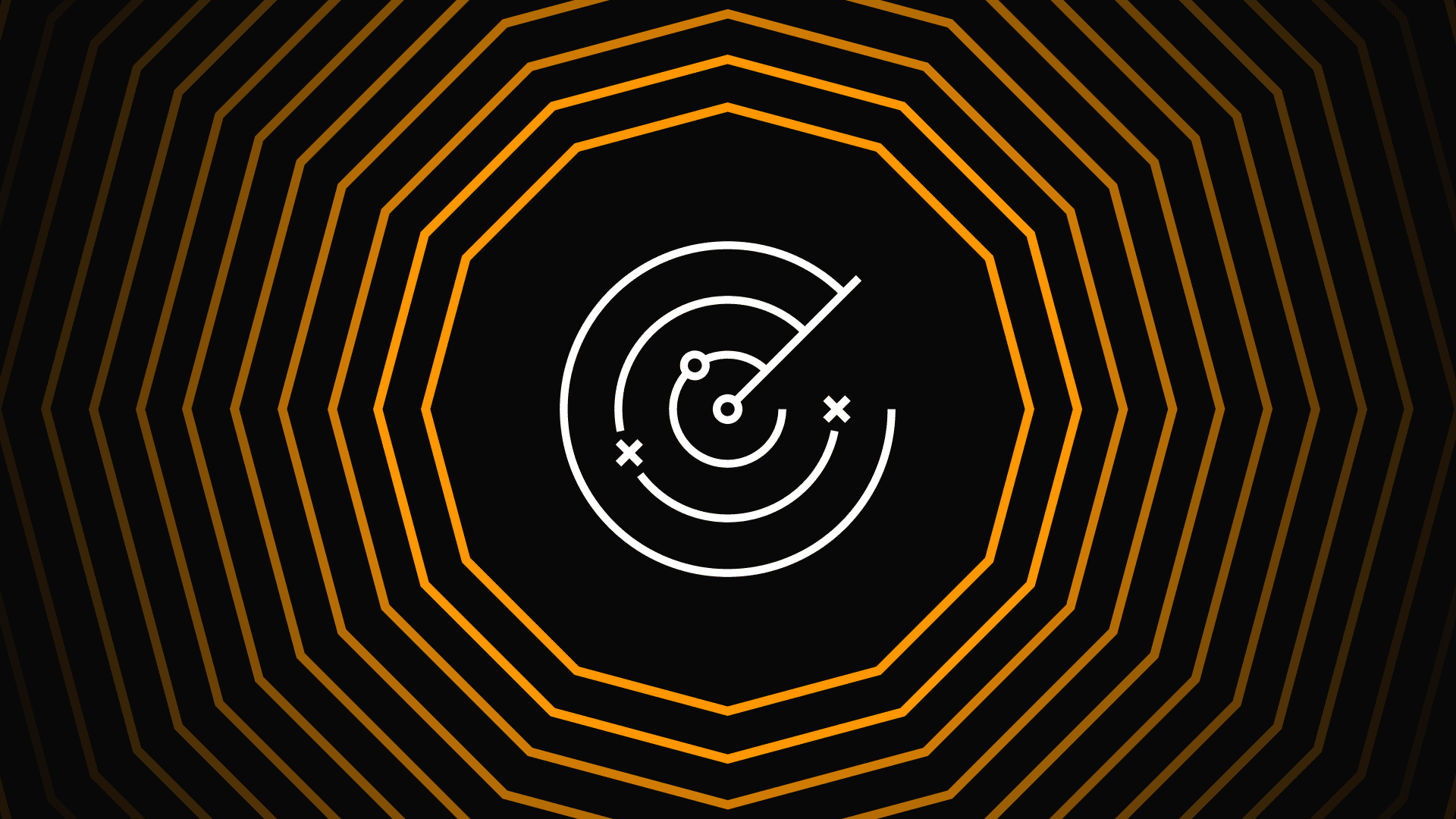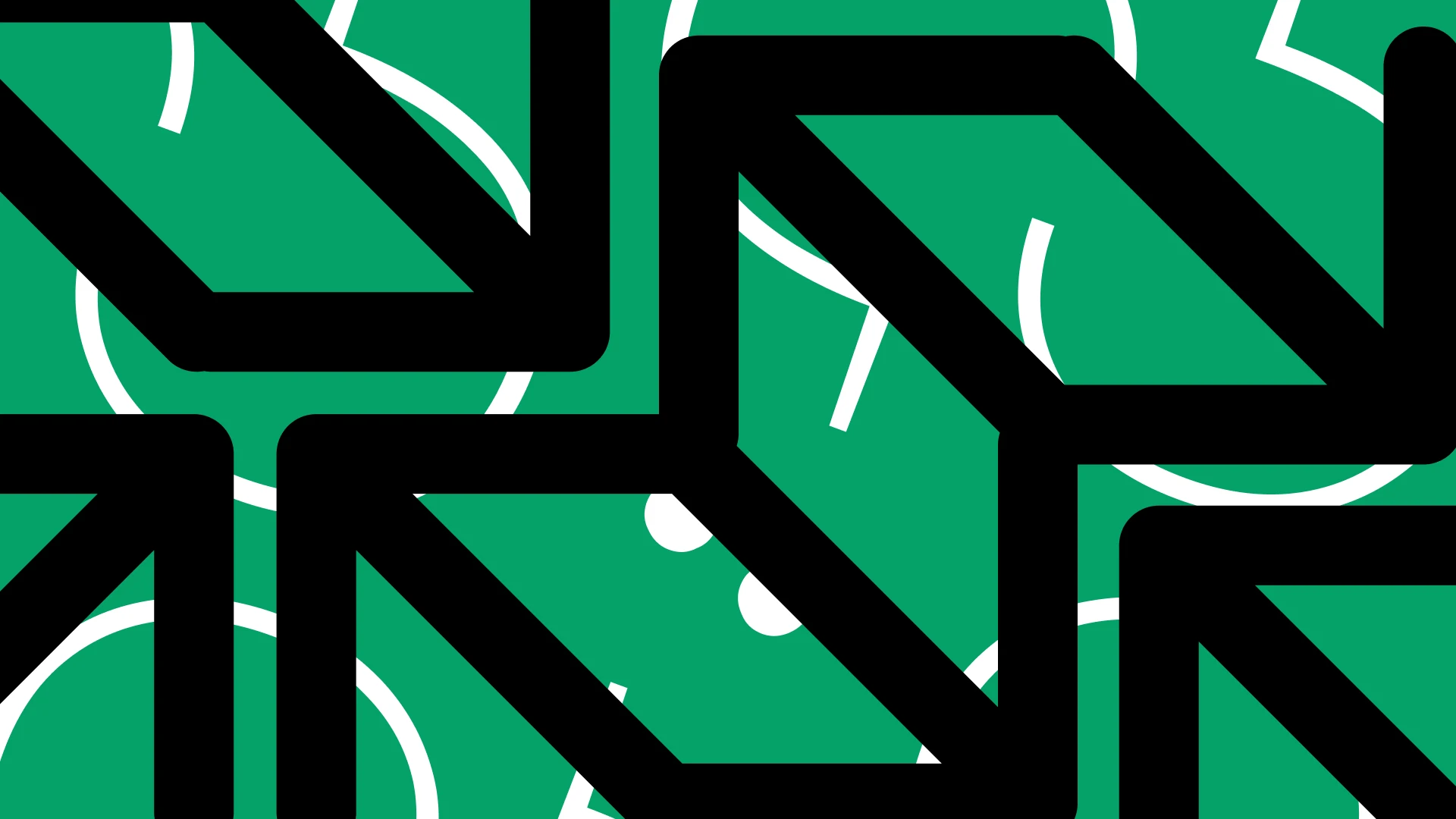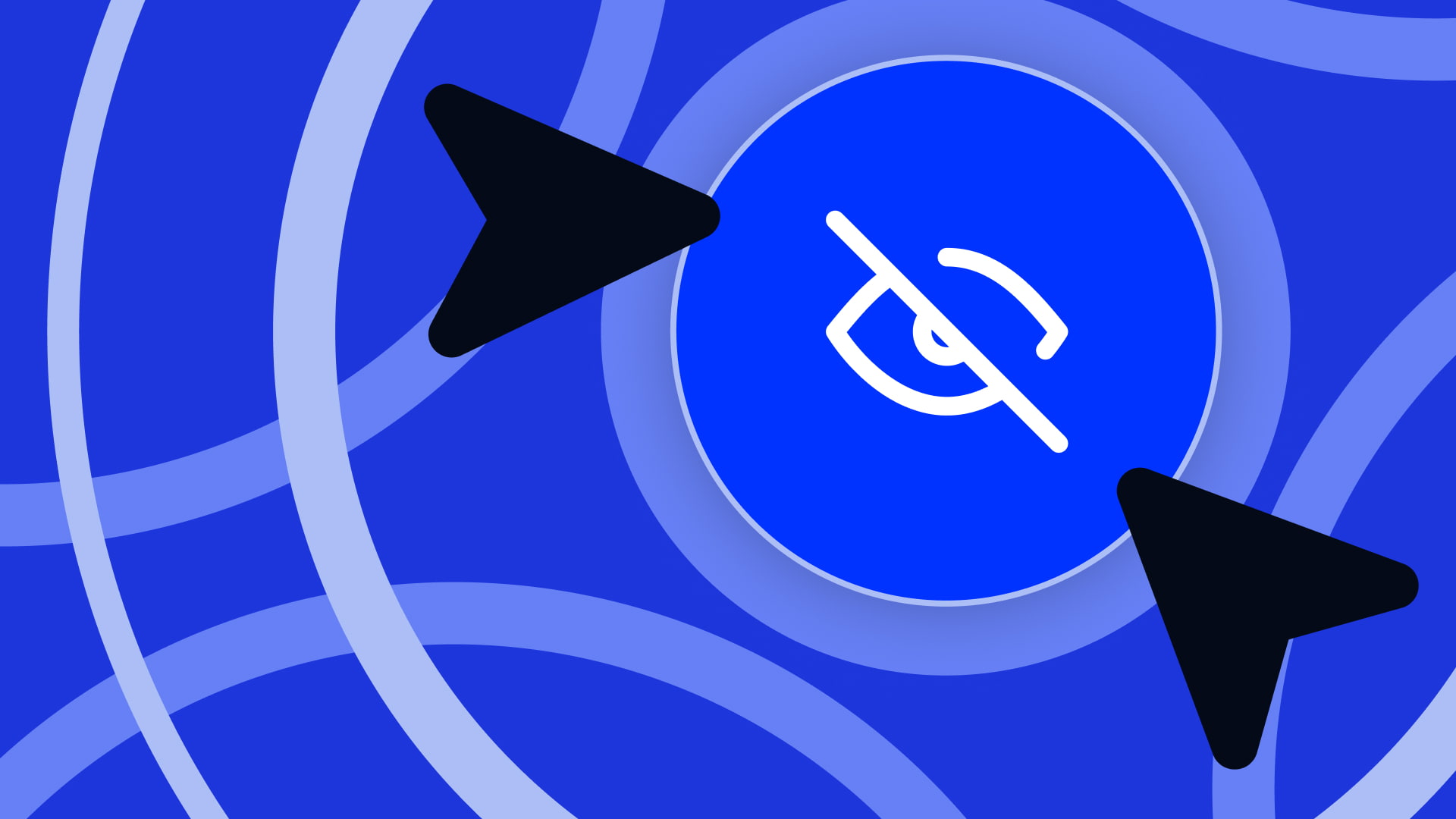User stories are like treasure maps—they guide designers in identifying the most relevant features and functionalities for users. Each map, or rather each user story, provides clues about what users need and why they value it. By following this map, the team focuses on high-value areas, ensuring the success of the digital product.
Índice de contenidos
ToggleWhat Are User Stories?
User stories are brief and simple descriptions of a product feature or functionality, written from the perspective of the end user. They help define the flow and functions of each screen. They focus on the needs, desires, and goals of those who will interact with the digital product and are used by design and development teams to ensure the product ultimately delivers value to users.
A user story consists of two main elements: the user and their goal. Imagine you are an internal sales representative in a company and need to view a customer list. The story would include this user, identified, for example, as “Internal Sales Role,” and their goal, which is “View the customer list.” The story card would contain a description of the action and any additional necessary data, as well as the functional requirements. In this case, a possible user story would be: “As an internal sales representative, I want to quickly and easily view my customer list and their basic information.”
The information included could be the customer code, company name, contact name, province, and other relevant details.
Here is an example of how it would look:
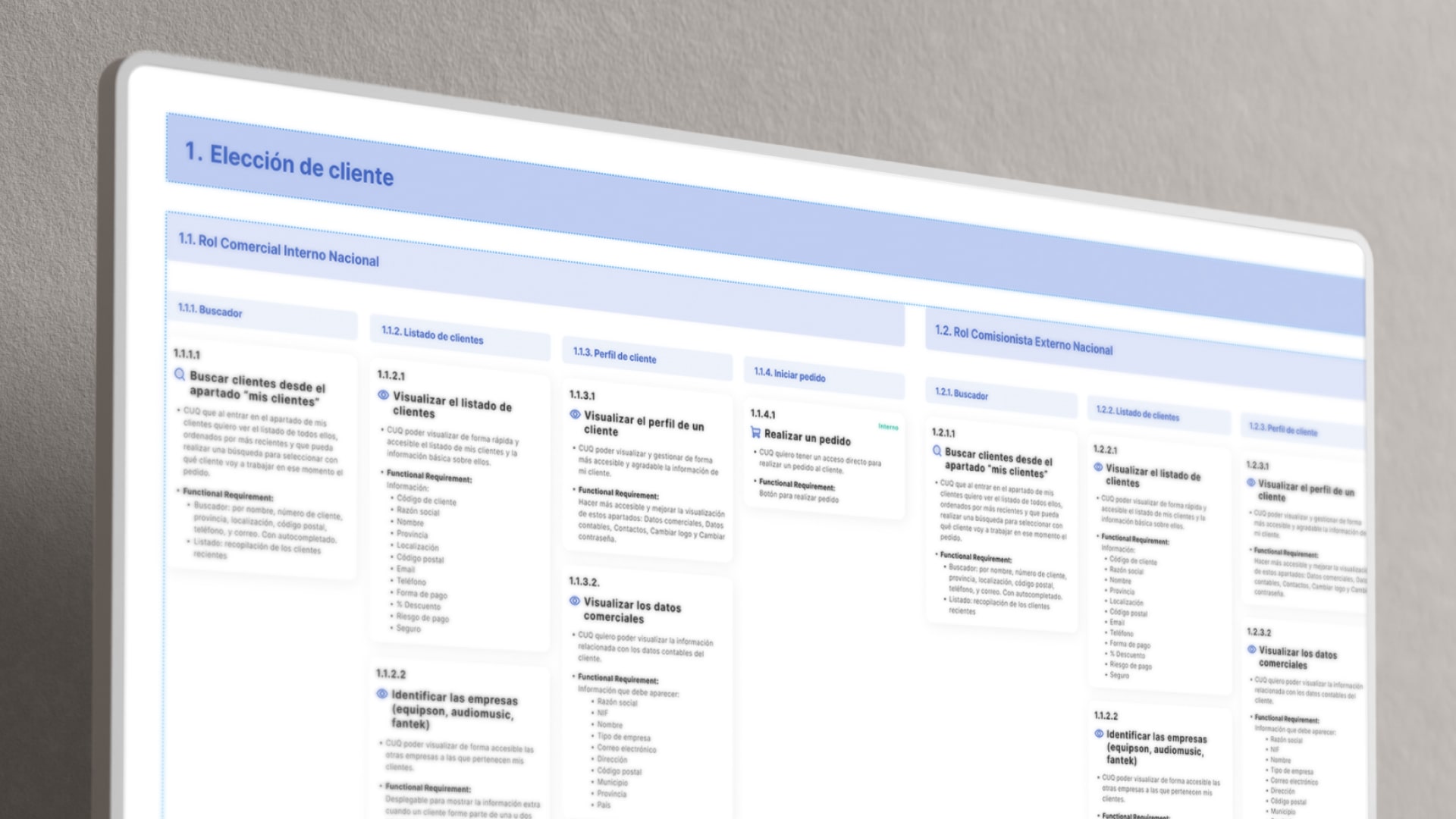
Why Are User Stories Used?
User stories play a crucial role in several stages of digital product development by defining the functionalities and needs of each user role within the product.
Defining Requirements
Each user story provides a clear and concrete view of what users need and expect from the product. This helps prevent misunderstandings and ambiguities in the process and ensures that all features are aligned with their needs. Additionally, user stories facilitate collaboration between design and development teams by providing a common reference for user expectations.
Prioritization
Once the team has defined the user stories, it is important to prioritize the features that should be developed first. To do this, the MoSCoW method can be used, helping to categorize and establish an order to streamline decision-making. This allows teams to identify which functionalities are critical and must be included in the first version, and which can be postponed for future releases.
User stories also help allocate resources efficiently and facilitate strategic decisions about product development based on real user data and needs.
Communication
Thanks to user stories, all teams involved in building the digital product—such as design, development, and stakeholders—stay aligned and can easily understand what is being built and why. They provide a transparent view of progress and user expectations, making it easier to resolve any conflicts that may arise.
Planning
User stories also help improve workload planning by breaking work into more manageable tasks and highlighting what needs to be implemented first. They facilitate the estimation of effort and time required to complete each story and allow teams to track progress throughout the digital product’s development.
Additionally, user stories are a living document that evolves throughout the process. As we gain a deeper understanding of user needs and receive feedback, we can adjust priorities accordingly.
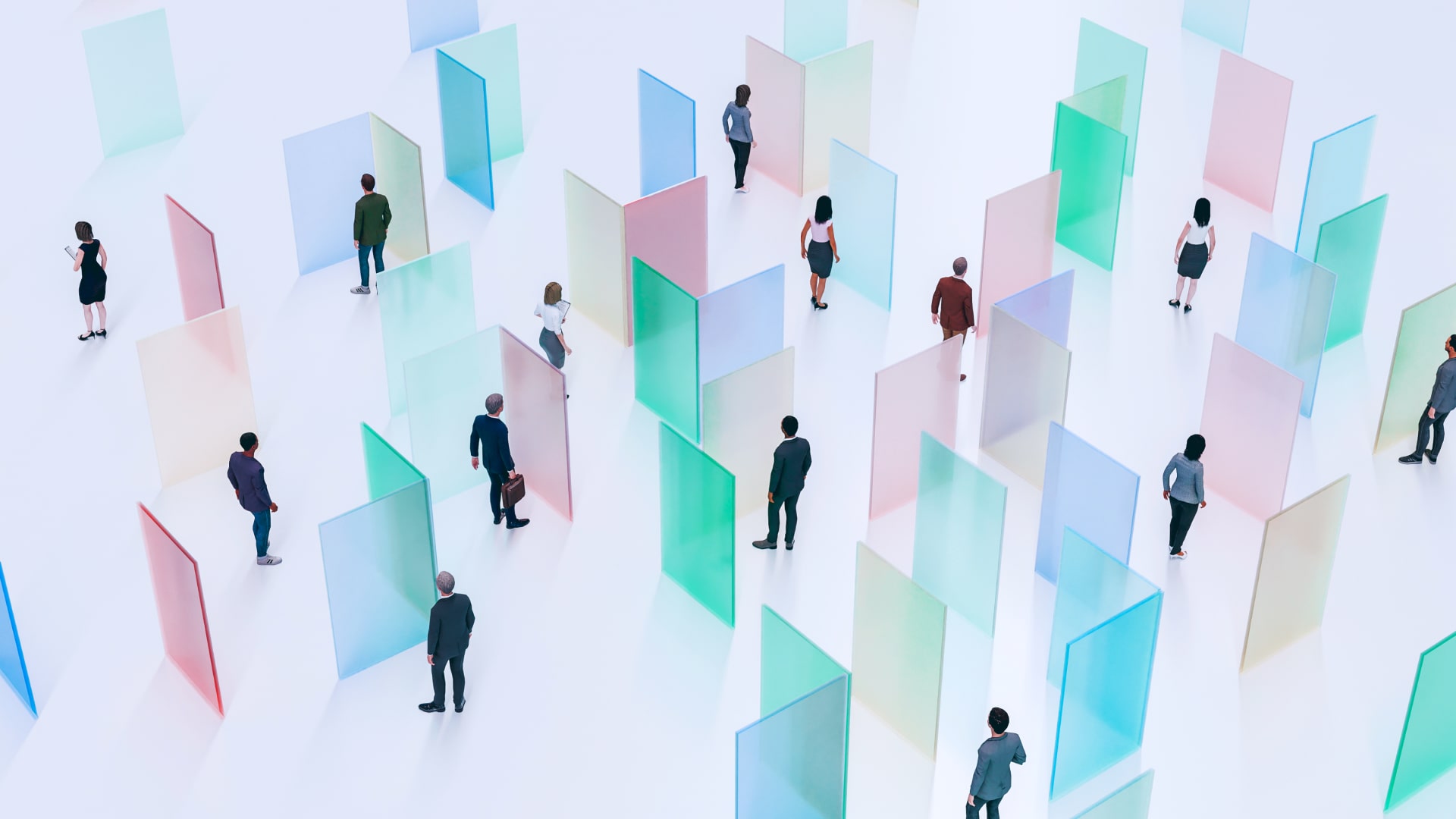
Success Story: User Stories in a Real Client Project
Equipson is a distributor and manufacturer of audiovisual products that reached out to us for the redesign of their e-commerce platform and intranet. For this client, we also implemented user stories, achieving outstanding results.
At Equipson, we faced a significant challenge: the large number of user roles (super admin, internal sales, external sales, end customer…), each with different needs and functionalities. For example, the ordering process varied for each role, making it essential to consider these differences.
User stories streamlined the design process, helping us account for all functionalities and technical requirements.
Although we cannot showcase the work we did, this photo illustrates the scale of the project and the number of user stories we created to cover all possible scenarios.


